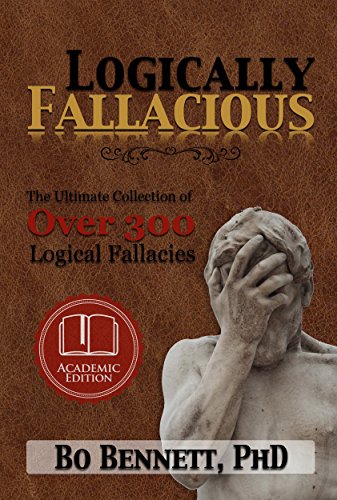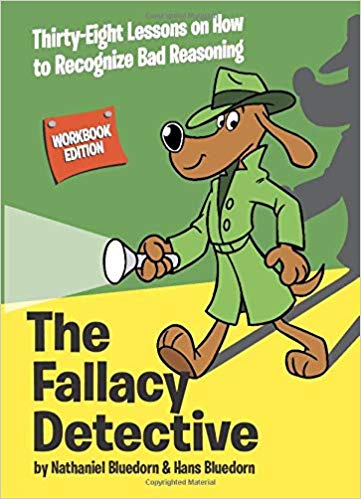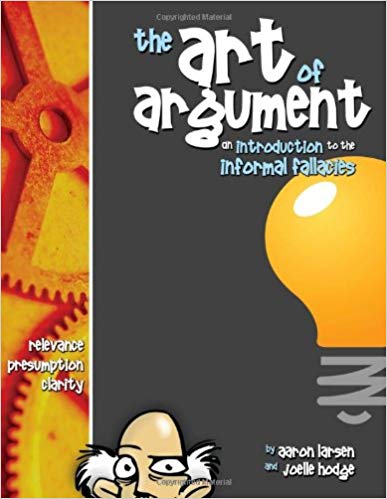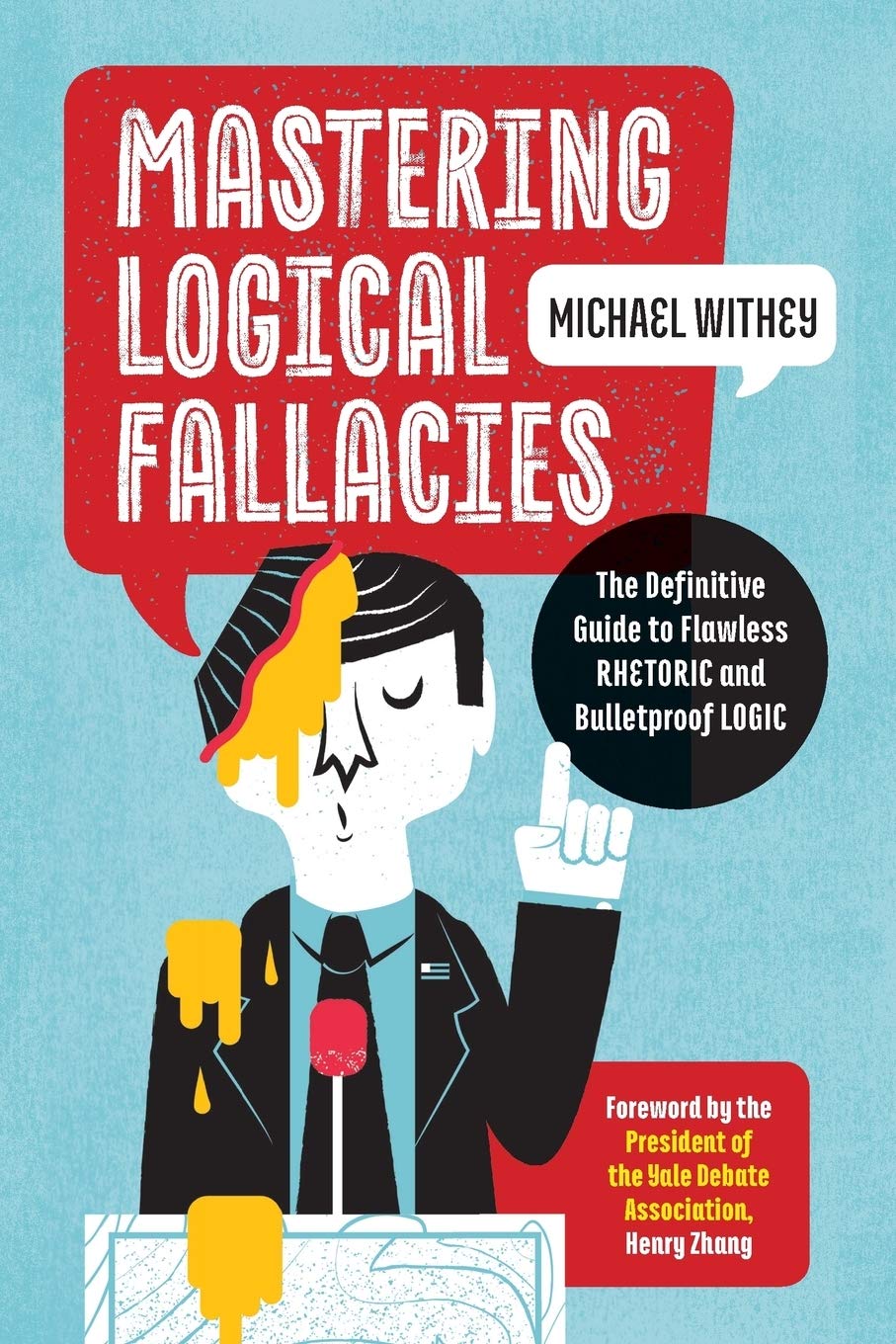
Proof by Verbosity
Also called argumentum verbosium, or proof by intimidation, proof by verbosity is an argument that is far too complicated and verbose for an opponent to reasonably address all the particulars, or the person making the argument is so well-reputed that one takes his claims as truth.
Example of Proof by Verbosity
- Dr. Samuel Donovan solved a Rubik's Cube in 45 seconds; he won the Medal of Honor for his service in Vietnam, had given lectures across the world in microbiology, and was awarded a Pulitzer Prize; so I don't doubt that his claim is true about the egg coming before the chicken.
- The professor, through the most elloquent of words, and the most beautiful prose devined the conclusion that one plus one equals three. This highly impressive display of mastry over language and oratory skill proves that one plus one equals three.
No amount of flowery language can prove that one plus one is anything other than two.

Books About Logical Fallacies
A few books to help you get a real handle on logical fallacies.





Proof by VerbosityExtended Explanation
Proof by Verbosity is a logical fallacy that occurs when someone attempts to prove their point by using a large number of words, often in a complex manner, in an attempt to overwhelm the audience and make their point seem more convincing than it actually is. This type of fallacy is sometimes referred to as “argument by intimidation” because the speaker is trying to use their words to intimidate the audience into accepting their conclusion. This type of logical fallacy is most commonly used in political debates, where one party is trying to prove their point by using a large number of words and complex arguments.
Proof by Verbosity is based on the idea that the more words someone uses, the more likely they are to be correct. However, this is not necessarily true. Just because someone uses a large number of words does not mean that they are correct or that their argument is valid. In fact, a large number of words can often make an argument more difficult to understand and can lead to confusion rather than clarity.
A common example of this type of fallacy occurs when someone is trying to prove their point by citing a large number of facts or statistics. While the use of facts and statistics can be a powerful tool in making a point, it is important to remember that facts and statistics can be manipulated in order to support any argument. Therefore, it is important to ensure that the facts and statistics used are reliable and accurate, rather than simply relying on an overwhelming number of them to make a point.
Another example of this type of fallacy occurs when someone attempts to prove their point by providing a large amount of details and information. Again, this type of approach can be used to overwhelm the audience with a large amount of information, making it difficult for them to discern the truth. It is important to remember that providing too much information can be just as misleading as providing too little information.
Proof by Verbosity is an example of an informal logical fallacy, meaning that it is an argument that may appear convincing on the surface, but is actually faulty in its reasoning. In order to avoid this type of fallacy, it is important to remember that simply citing a large number of facts or providing a large amount of details does not necessarily make an argument valid. It is important to carefully evaluate the facts and arguments used in order to determine whether or not they are sound.